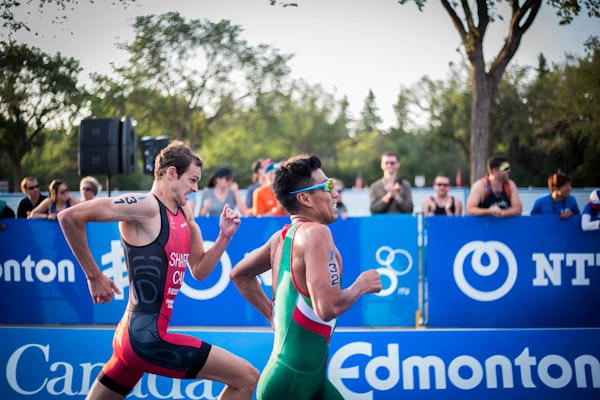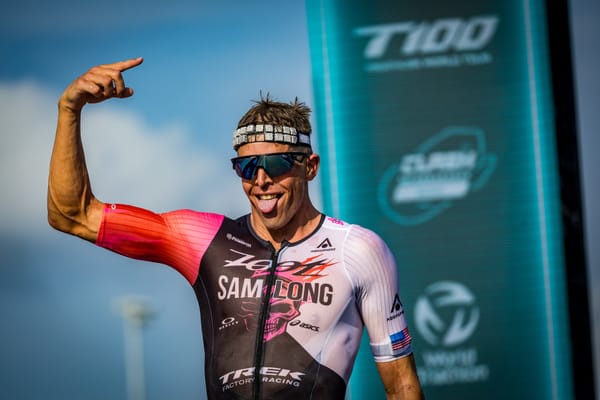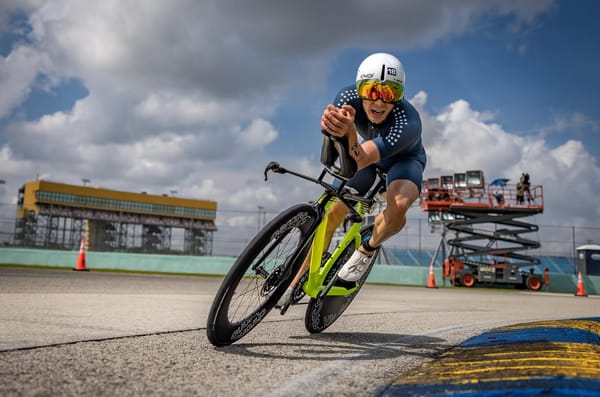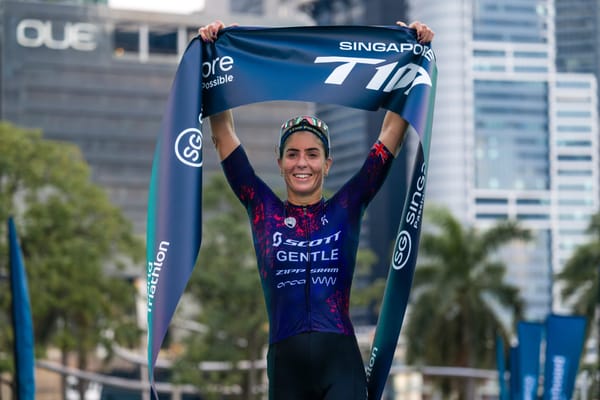The Sports Drink Debate: What’s the best nutrition plan for long course triathlon racing?
Answer: Drink to thirst, forget sodium, and consume multiple transportable carbs. If you've been keeping up with the news lately, you may have noticed a bit of a buzz on the topic of sports drinks, and how they aren't all they're cracked up to be. This comes on the back of Professo
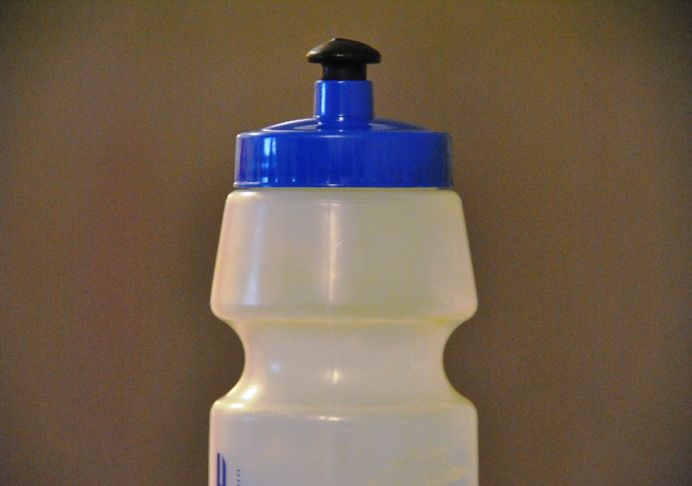
Answer: Drink to thirst, forget sodium, and consume multiple transportable carbs.
If you’ve been keeping up with the news lately, you may have noticed a bit of a buzz on the topic of sports drinks, and how they aren’t all they’re cracked up to be. This comes on the back of Professor Tim Noakes’ recent book on the topic, Waterlogged, along with an independent investigation by the British Medical Journal and the BBC into the claims made by the sports drink industry and the shaky science behind those claims. What I’ll do in this article is explain to you why the issue is important to grab ahold of as an age group athlete, and finish by outlining what science says will maximise your performance in your next long course triathlon event.
Why the issue of hydration is important?
There are a couple of reasons actually. When we talk about nutrition and endurance sport, we’re usually interested in what we should consume before, during and after our race to compete at our best and remain healthy. The main thing we hear
athletes talk about, whether it’s a fellow triathlete or an elite we all respect, is how they either did or didn’t get it right on the day because of their nutrition and hydration. This message is widespread throughout sport today. While fueling, in terms of not getting enough carbohydrates on board during long distance events is a possible issue (i.e., bonking “discussed later), it very rarely stems from a lack of fluid intake. Instead, drinking too much tends to be the real (and potentially dangerous or even lethal) issue. So that’s why this issue is important for you to understand and even discuss with your peers. No one has ever perished in a triathlon from dehydration, and you can in fact perform quite well in a dehydrated state (i.e., the winners, our elite athletes, typically lose the most weight during the race) “but you can die from drinking too much.
How could this happen?
I’m speaking to you as a scientist, practitioner, and age-group athlete myself when I tell you that this can occur, and does so, during endurance and ultra-endurance events; particularly in us age-groupers. Remember that the message to ‘hydrate’ has been around for quite a while. It’s gospel for many coaches, athletes, and even sports medicine practitioners. It was less than 10 years ago that I used to promote this same message to my students when I lectured on the topic. I would tell them, wrongly, that we have to drink to prevent any body weight loss during exercise. That we have to drink to stay ahead of thirst because we can’t trust thirst. And that even a 2% reduction in body weight from sweating will diminish our performance (this is what the lab-based studies were showing, and the industry promoting “problem was, the science wasn’t interpreted correctly as we now know we respond quite differently in outdoor conditions).
But that incorrect message from the scientists, myself included, filtered down to the masses, through the media and the sports drink marketing campaigns. And we age-group endurance athletes remembered that message. So when we feel muscle soreness and fatigue during our long distance racing, it’s only natural for us to think that some of those signals could be due to nutritional issues such as dehydration. Under such situations, when fluid is available (as it always is at aid stations) “we drink. More often than not, and especially in slower athletes, we can wind up drinking too much. As mentioned, this can be harmful to our health.
The disease of overdrinking hyponatremia
Hyponatremia is a result of low sodium levels in your blood stream. The reason you get low sodium levels in your blood stream from drinking too much is due to the simple principle of dilution (more water relative to the salt that’s already there). The confusing thing to realise, and this is where the sports drink companies really get us, is that electrolytes in sports drinks do nothing to prevent this dilution. That’s because the salt levels in sports drinks are so low relative to its high concentration in our blood stream. So whatever you drink, if you’re drinking too much, that is, ahead of your thirst signals, you can cause this dilutional hyponatremia to occur. The organ this acts on is your brain; hyponatremia causes it to swell.
When hyponatremia gets bad, you experience nausea, confusion and disorientation. You’ll often be vomiting clear liquids too. Extreme cases of hyponatremia can occur when medical practitioners unwittingly exacerbate the problem by adding an intravenous bag of saline to one’s body in the medical tent, further diluting the blood. Sadly, this occurred on a number of occasions over the past decade, prior to our clearer understanding of the issue, resulting in preventable coma and/or death. Twelve known fatalities have occurred, and thousands of hospitalisations have been reported as a direct result of hyponatremia.. This is why I am compelled to talk about the issue“this is why I feel the sports drink companies have gone too far with their message to hydrate, hydrate, hydrate. If the message is killing us, then clearly a pretty big line has been crossed.
What can I do about it and how can I maximise my long course performance and compete safely?
The answer really is quite easy.
- First just drink to thirst. If you’re thirsty, then drink. If you’re not thirsty, then don’t drink. Your body’s own sophisticated, inbuilt mechanisms are there to tell you exactly how much fluid your body needs. Just listen to it.
- Second forget sodium. There’s never been a study showing a benefit of sodium supplementation to performance, and it doesn’t prevent cramping or hyponatremia. So don’t waste your money on sodium tablets, and don’t worry about how much or little sodium is in any particular nutritional product. It’s not going to matter. You get all the sodium you need in your diet, and if you’re caked in sodium during your training and racing, it only means that you have possibly too much sodium in your diet, as your sweat glands only secrete sodium when there is an excess in your body it does that to get rid of it.
- Third carbs are important, and are likely more important the longer your race goes on (i.e., 70.3 to Ironman). This is because carbs support high intensity energy metabolism, and your internal (muscle and liver) glycogen levels (stored carbs) will diminish once your exercise duration extends beyond 3 hours.
A bunch of research over the last 5 years or so has shown that if you consume the carbs of glucose and fructose in about a 2:1 ratio (multiple transportable carbohydrates), you can get a bit more carb on board to benefit prolonged endurance exercise, and prevent ‘the bonk’ (many energy products with this ratio are currently on the market “just pick a few you like the taste of). In general, you want to shoot for around 90 g of carbohydrate per hour in that 2:1 ratio, realising of course that individual differences will occur, so you might want to experiment with greater or lesser amounts for yourself.. I’ve found that 90 g/h is right on the money for me. Remember that that carb could come from a banana, a gel, or even, a sports drink! Just work it out so that each hour you’re getting about 90 g in that 2:1 ratio of glucose:fructose. Last but not least, train well (volume is key) and pace appropriately on race day (i.e., at paces you know you can handle from your training).
Train well, listen to your body and drink to thirst.

